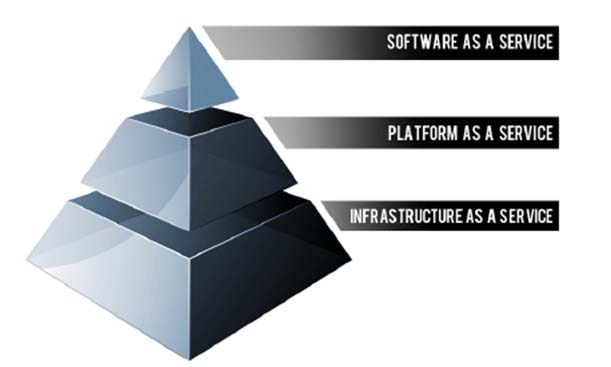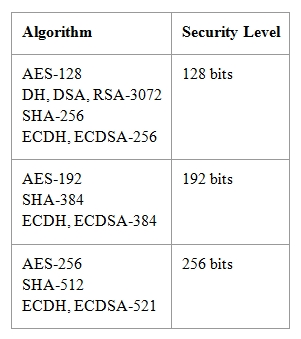CCNA Security Implementing Cisco Network Security
Here you have the best Cisco 210-260 practice exam questions
- You have 134 total questions to study from
- Each page has 5 questions, making a total of 27 pages
- You can navigate through the pages using the buttons at the bottom
- This questions were last updated on March 29, 2025

